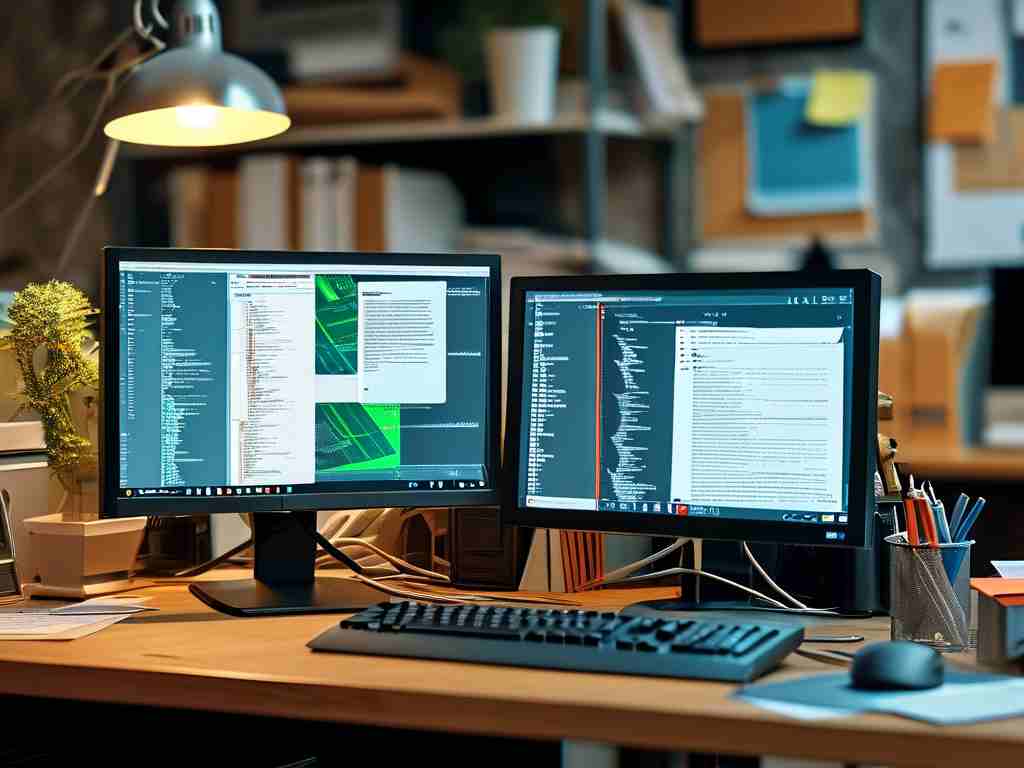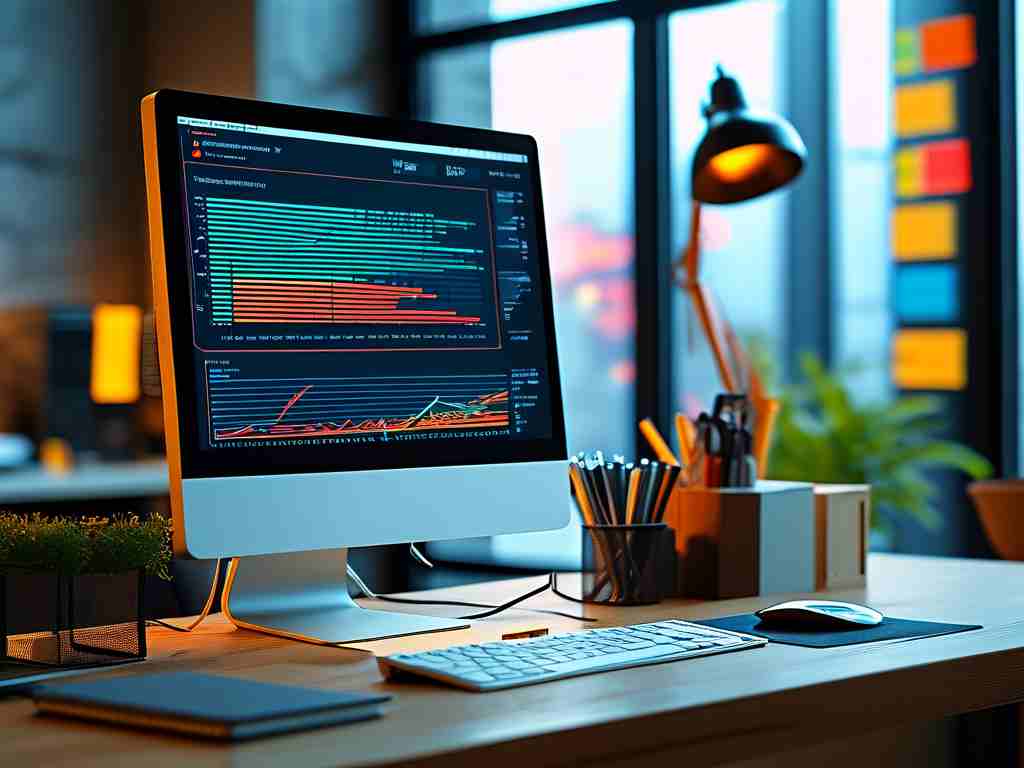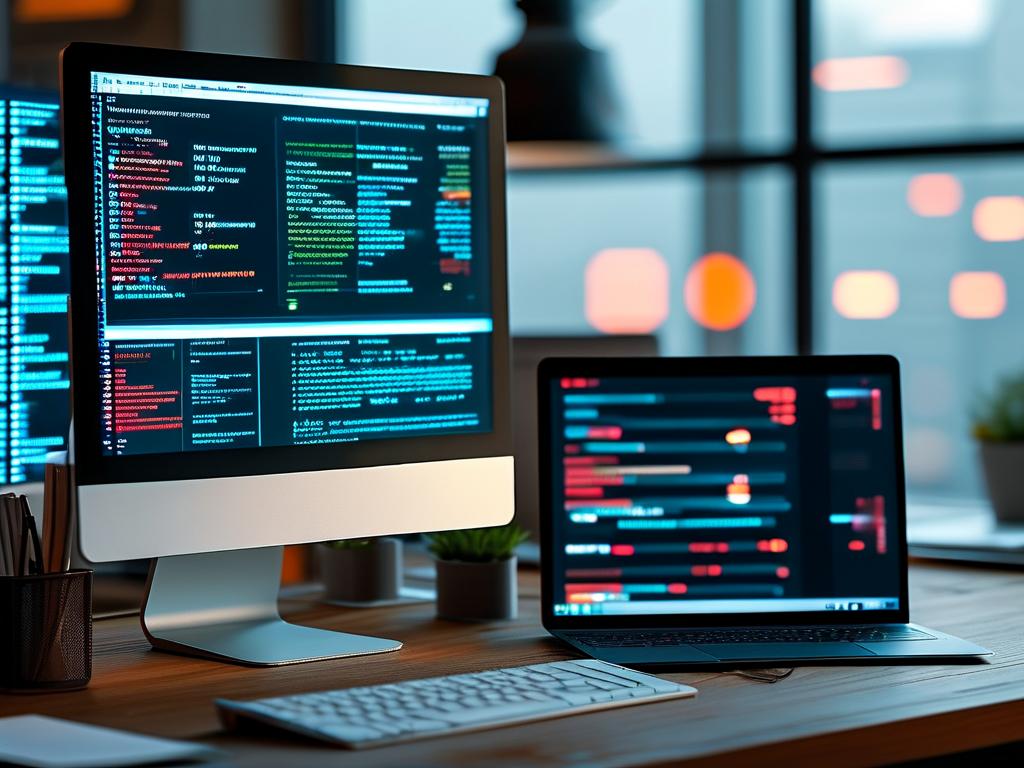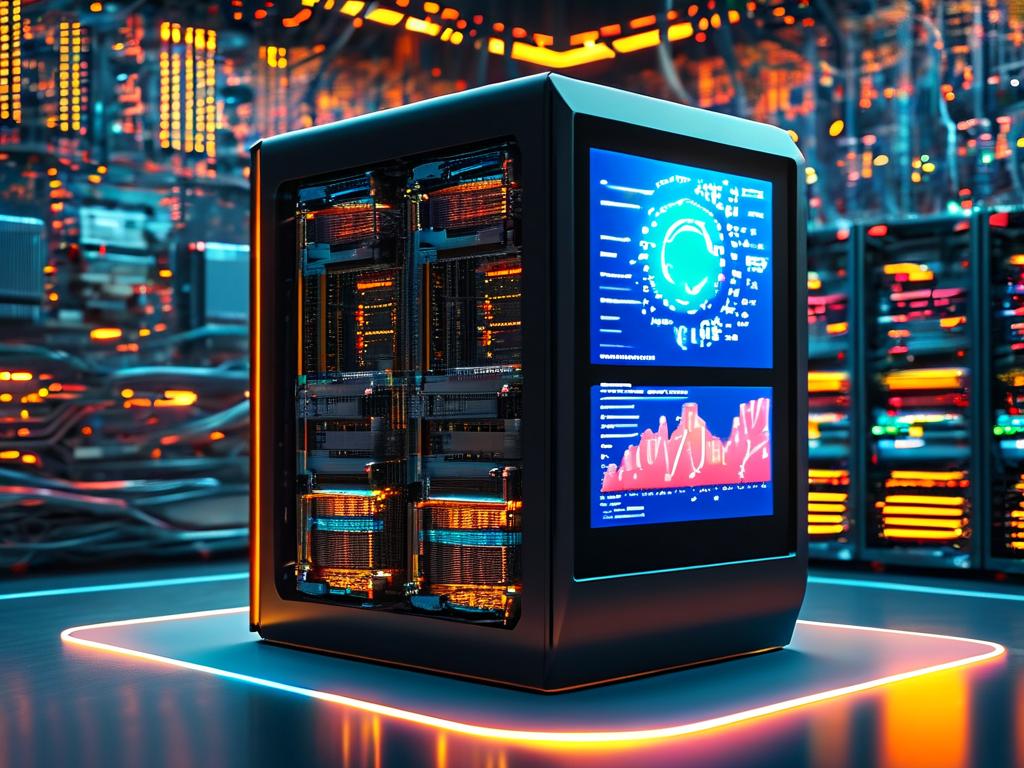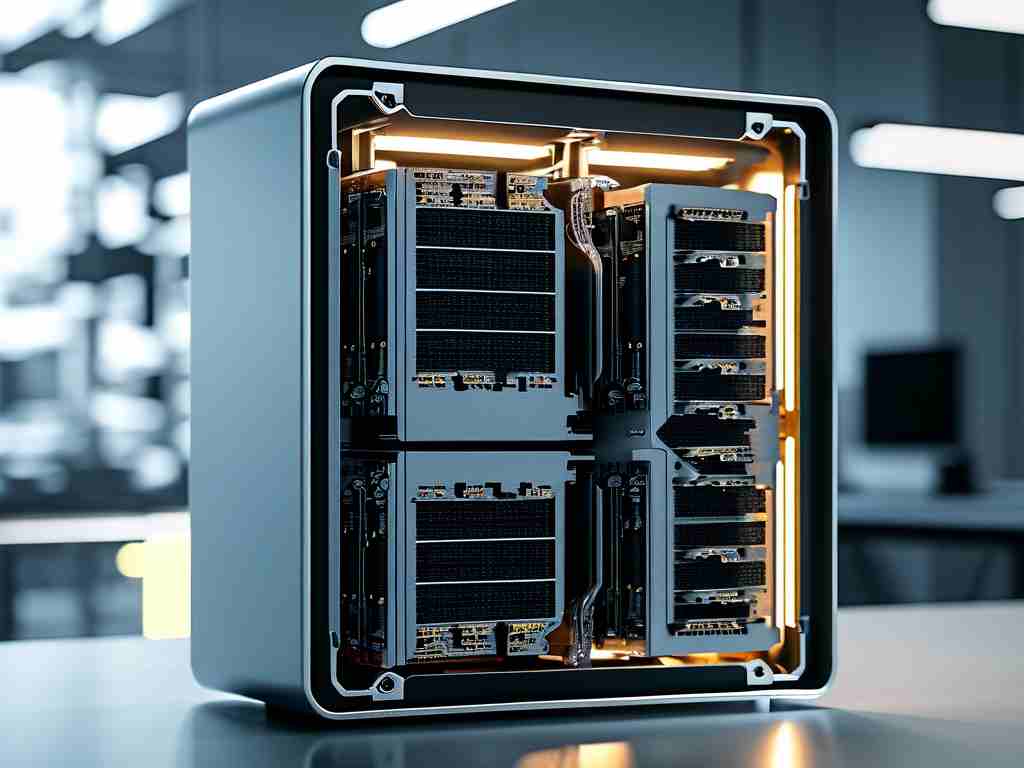Modern computers occasionally suffer from excessive memory usage, causing sluggish performance and operational bottlenecks. Understanding the root causes helps users optimize system efficiency and extend hardware longevity. This article explores technical and behavioral factors contributing to high memory demands across devices.
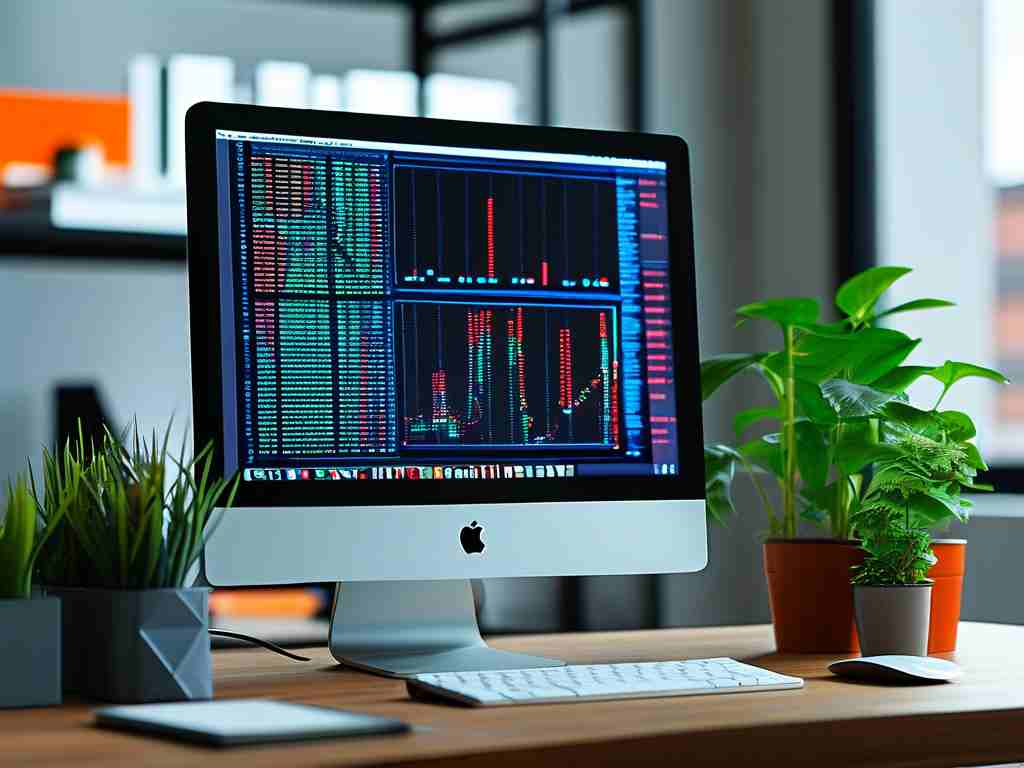
Background Processes and Services
Hidden applications running in the background constitute a primary memory drain. Operating systems automatically launch essential services like automatic updates, cloud synchronization tools, and peripheral management utilities. Third-party software often adds its own background processes – antivirus scanners, gaming platforms, or productivity suite helpers. A single web browser with multiple tabs can silently consume over 2GB RAM due to modern web applications' resource-intensive nature.
Memory Leaks in Software
Programming errors in applications frequently lead to memory leaks, where programs fail to release unused memory back to the system. This gradual accumulation becomes noticeable through decreasing available RAM despite closing applications. Developers occasionally introduce these bugs during updates, making previously stable software suddenly memory-hungry. Enterprise-level software and graphic design tools prove particularly susceptible due to their complex memory management requirements.
Multitasking Overload
Users frequently underestimate the cumulative impact of simultaneous applications. Opening a 4K video editor while running virtual machines and maintaining communication apps can push even high-end systems to their limits. Each modern application typically requires 500MB-2GB RAM baseline, with memory demands multiplying during active use. The gap between perceived and actual memory consumption often surprises users accustomed to keeping numerous programs "temporarily" open.
Malware and Cryptojacking
Malicious software remains a persistent threat, with crypto-mining scripts and spyware consuming resources without user consent. These programs often disguise themselves as legitimate processes, making detection challenging. A 2023 cybersecurity report revealed that 18% of consumer devices showing abnormal memory usage hosted undetected malware.
Hardware Limitations
As software evolves, older hardware struggles to meet updated requirements. The average memory demand for Windows 11 systems exceeds Windows 10 by 40%, pushing 8GB RAM configurations into obsolescence. Integrated graphics solutions particularly suffer, as they share system memory rather than using dedicated VRAM.
Diagnostic and Optimization Strategies
- Use built-in tools like Windows Task Manager or macOS Activity Monitor to identify memory-intensive processes
- Implement startup management to disable unnecessary background services
- Consider upgrading to SSD storage to alleviate virtual memory pressure
- For developers: Utilize memory profiling tools like Valgrind or Visual Studio Diagnostic Tools
# Sample command to monitor memory usage on Linux watch -n 1 free -m
Proactive memory management combines hardware awareness with disciplined software usage. Regular system audits, timely updates, and strategic upgrades help maintain optimal performance. While modern operating systems employ sophisticated memory allocation algorithms, user intervention remains crucial for addressing exceptional consumption patterns.



